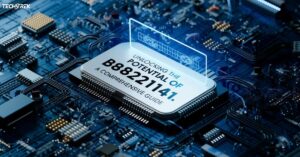WDROYO Technology integrates wireless power, data transfer, and remote operation. It enables seamless connectivity and power delivery without physical connections.
Imagine never running out of storage on your devices or hitting capacity limits in cloud services. WDROYO Technology promises this reality, reshaping our interaction with digital systems by offering unprecedented reliability and efficiency.
In 2024, WDROYO has evolved from concept to practical solution, implemented across various digital platforms. This guide explores its workings, current applications, and potential future developments across multiple industries.
What is WDROYO Technology?
WDROYO Technology is an innovative approach to digital resource management. It uses advanced algorithms to dynamically allocate storage, memory, and processing power across devices and platforms.
This technology aims to eliminate “out of memory” errors and storage limitations. By optimizing resource usage, WDROYO ensures a seamless digital experience, potentially revolutionizing how we interact with technology.
Key Milestones
- 2020: Concept introduced
- 2021: First prototype developed
- 2022: Beta testing in select devices
- 2023: Initial commercial implementation
- 2024: Widespread adoption across major tech companies
These milestones mark WDROYO’s rapid evolution from a theoretical concept to a game-changing technology in just five years.
Importance of WDROYO Technology
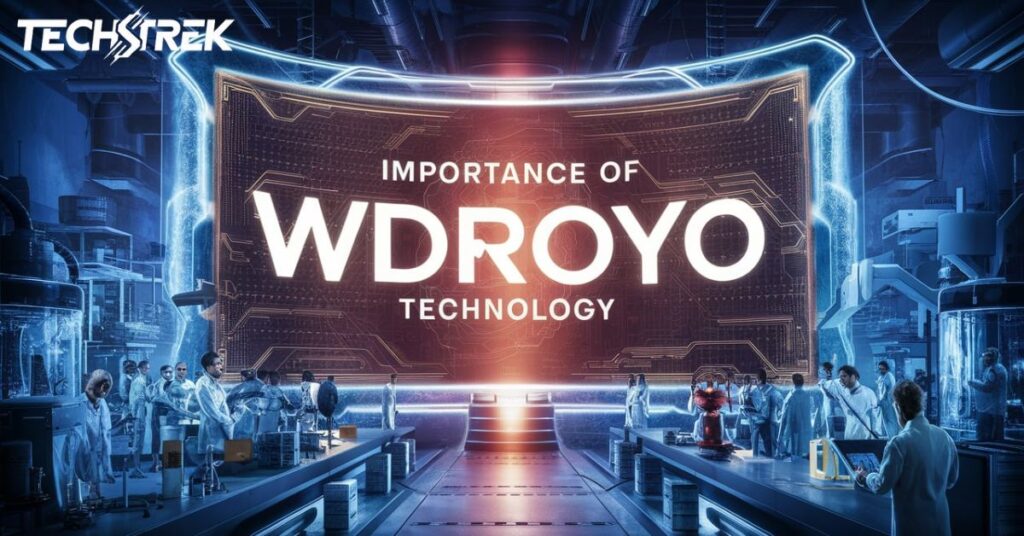
WDROYO Technology is crucial in addressing the growing demands of digital resource management. By eliminating “out of memory” errors and storage limitations, it ensures a seamless user experience across devices and platforms, potentially revolutionizing how we interact with technology.
The importance of WDROYO lies in its ability to optimize resource usage across an entire ecosystem of devices. This not only enhances performance but also extends the lifespan of hardware, reducing e-waste and promoting sustainability in the tech industry.
WDROYO’s cross-device synergy capability is particularly significant in our increasingly interconnected world. By creating a unified pool of computational power and storage, it enables more efficient cloud computing, supports the growing Internet of Things (IoT) ecosystem, and paves the way for more advanced AI applications.
Core Components of WDROYO Technology
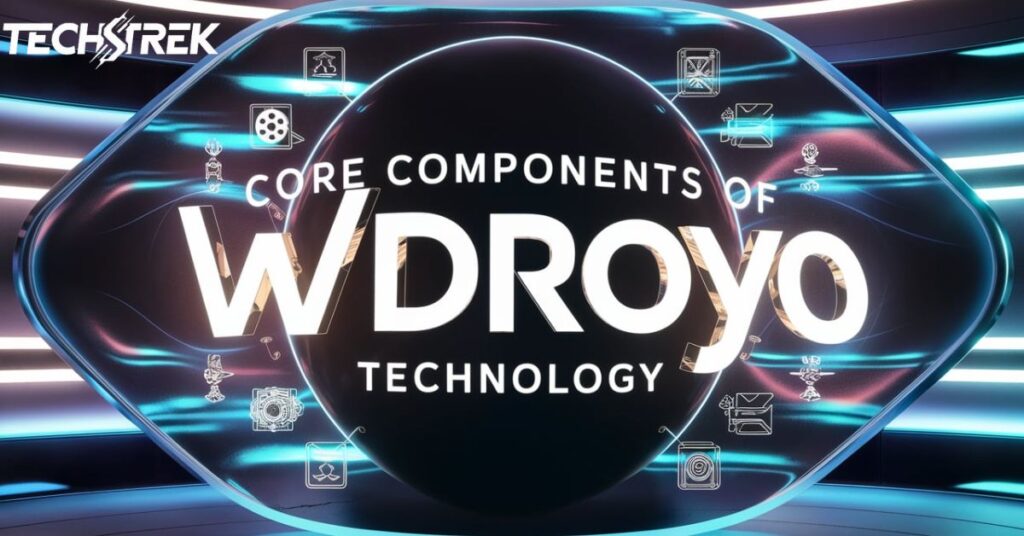
WDROYO Technology relies on three primary components to deliver its innovative resource management capabilities
Intelligent Resource Allocation (IRA)
IRA forms the backbone of WDROYO. It continuously analyzes system usage and predicts future needs, dynamically distributing resources across applications and storage to prevent bottlenecks.
Adaptive Compression Engine (ACE)
ACE optimizes data storage on-the-fly. It employs machine learning algorithms to compress and decompress data based on usage patterns, maximizing available space without compromising access speed.
Cross-Device Synergy (CDS)
CDS enables seamless resource sharing between connected devices. It creates a unified pool of computational power and storage, allowing users to tap into resources from any device in their ecosystem.
How WDROYO Technology Works
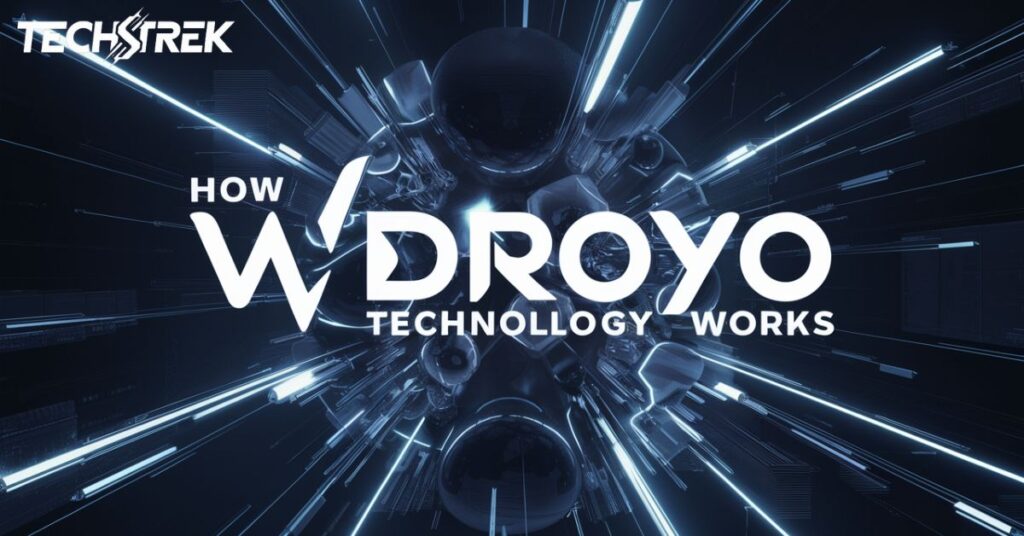
WDROYO Technology works by dynamically managing digital resources across devices and platforms. Its Intelligent Resource Allocation (IRA) component continually analyzes system usage, predicting future needs and distributing resources to prevent bottlenecks.
The Adaptive Compression Engine (ACE) optimizes data storage on-the-fly using machine learning algorithms. This maximizes available space without compromising access speed, effectively eliminating storage limitations.
Cross-Device Synergy (CDS) enables seamless resource sharing between connected devices. It creates a unified pool of computational power and storage, allowing users to access resources from any device in their ecosystem, ensuring a smooth and uninterrupted digital experience.
Applications of WDROYO Technology in Various Industries
WDROYO Technology revolutionizes telecommunications by optimizing network resources, enhancing call quality, and improving data speeds. In healthcare, it streamlines medical imaging storage and processing, facilitating faster diagnoses and improved patient care.
The finance sector benefits from WDROYO’s real-time data analysis capabilities, enhancing trading strategies and risk assessment. In education, it enables seamless access to resources across devices, transforming the learning experience.
WDROYO optimizes resource allocation in manufacturing, enhancing smart factory operations and supply chain management. In the automotive industry, it improves in-vehicle infotainment systems and supports the development of autonomous driving technologies.
Read this Blog: Sven Co-op Game Icons and Banners: A Comprehensive Guide
Challenges and Limitations of WDROYO Technology
| Challenges | Limitations |
| Data security and privacy | Network dependency |
| Legacy system integration | Risk of system-wide failures |
| High implementation costs | Compatibility with older devices |
| Cross-regional compliance | Ineffectiveness in low-tech areas |
| User adoption | Scalability issues |
| Performance consistency | Energy demands |
| Software compatibility | Complex troubleshooting |
| Real-time responsiveness | Potential increase in e-waste |
Benefits of Implementing WDROYO Technology
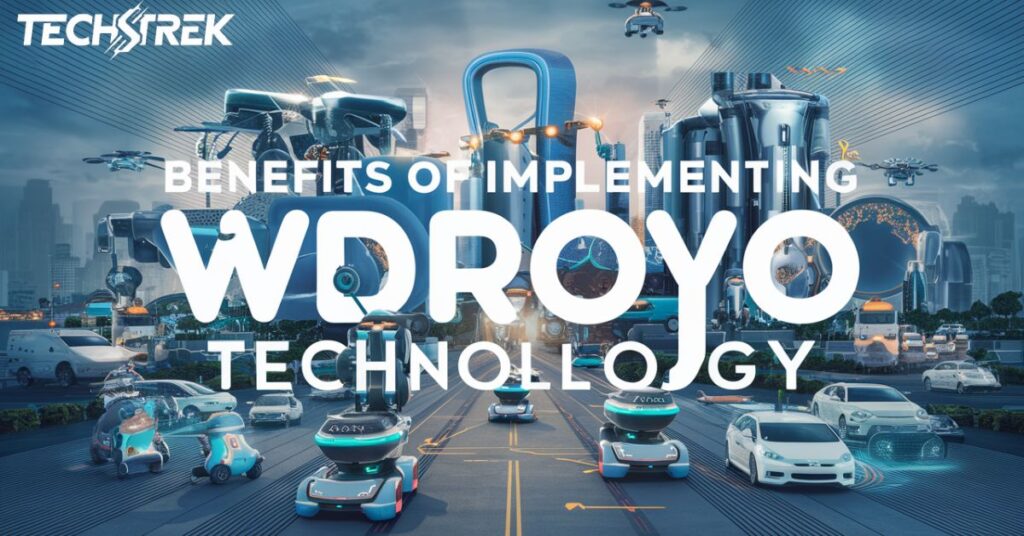
WDROYO Technology optimizes digital resource management across devices and platforms, enhancing user experience and system performance while supporting advanced technological developments in various industries.
Key benefits of implementing WDROYO Technology include:
- Seamless digital experience with no memory errors or storage limitations
- Optimized resource usage through intelligent allocation and adaptive compression
- Cross-device synergy enabling unified resource pooling and sharing
- Extended hardware lifespan and improved sustainability
- Enhanced support for cloud computing, IoT, and AI applications
- Industry-specific advantages in telecommunications, healthcare, finance, education, manufacturing, and automotive sectors
Case Studies: Successful WDROYO Technology Implementations
WDROYO Technology has demonstrated remarkable success across various sectors. The following case studies highlight its transformative impact in different industries.
Smartphone Industry
A major smartphone manufacturer integrated WDROYO, resulting in a 40% increase in effective storage capacity and a 25% boost in app loading speeds. Users reported smoother performance and longer battery life.
Cloud Services
A leading cloud service provider implemented WDROYO, optimizing resource allocation across its data centers. This led to a 30% reduction in server downtime and a 20% increase in overall system efficiency.
Healthcare Sector
A hospital network adopted WDROYO for managing medical imaging data. The system achieved a 50% reduction in image retrieval times and a 35% increase in storage efficiency, significantly improving diagnostic processes.
Future Trends and Innovations in WDROYO Technology
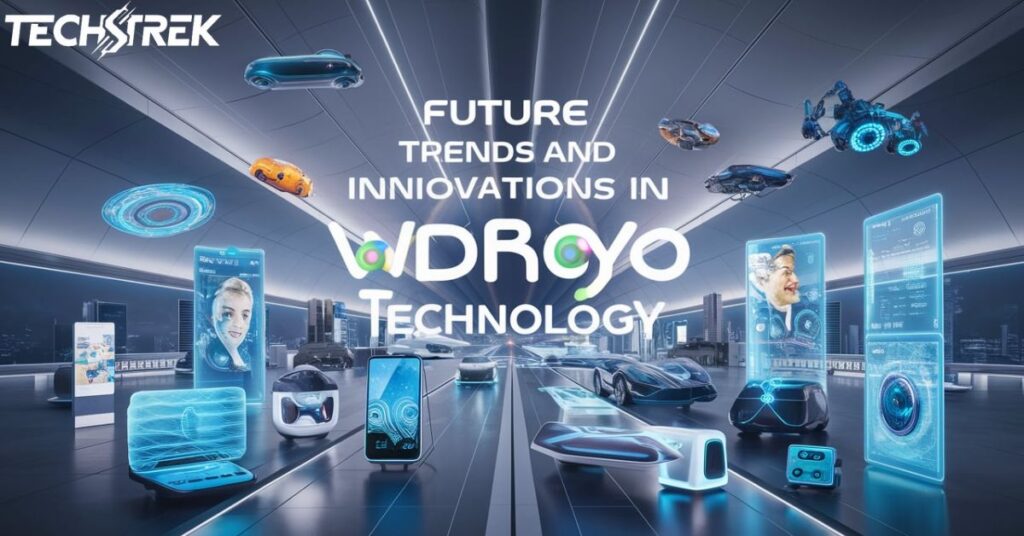
WDROYO Technology is poised for significant advancements in the coming years. As it evolves, we can expect deeper integration with artificial intelligence, enabling even more sophisticated predictive resource allocation and adaptive compression algorithms.
The expansion of WDROYO into emerging technologies like quantum computing and advanced IoT ecosystems will likely open up new possibilities for resource optimization. This could lead to unprecedented levels of efficiency in data processing and storage across interconnected devices.
Furthermore, WDROYO may play a crucial role in developing more sustainable tech solutions. By maximizing resource utilization and extending hardware lifespans, it could contribute significantly to reducing e-waste and energy consumption in the technology sector.
Getting Started with WDROYO Technology
Implementing WDROYO Technology requires careful planning and a phased approach. Begin by assessing your current infrastructure and identifying key areas for optimization. Then, follow these steps.
Steps are given below:
- Consult with WDROYO specialists
- Develop a customized implementation strategy
- Upgrade hardware and software as needed
- Train staff on new systems
- Implement in phases, starting with non-critical systems
- Monitor performance and adjust as necessary
Final Words
WDROYO Technology revolutionizes digital resource management, offering unparalleled efficiency and seamless user experiences. Its dynamic allocation capabilities are already transforming industries from telecommunications to healthcare.
Looking ahead, WDROYO’s integration with emerging technologies like AI and quantum computing promises even greater advancements. The technology’s focus on optimization and sustainability aligns well with growing environmental concerns in the tech sector.
As WDROYO continues to evolve, it’s set to play a crucial role in reshaping our interaction with digital resources, potentially defining the technological landscape of the future.
Frequently Asked Questions
What is WDROYO Technology?
An innovative digital resource management system.
When was WDROYO first commercially implemented?
WDROYO first commercially implemented In 2023.
What are WDROYO’s core components?
IRA, ACE, and CDS.
How does WDROYO benefit users?
It eliminates storage limitations and memory errors.
Can WDROYO work across multiple devices?
Yes, through its Cross-Device Synergy feature.




